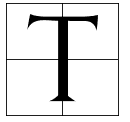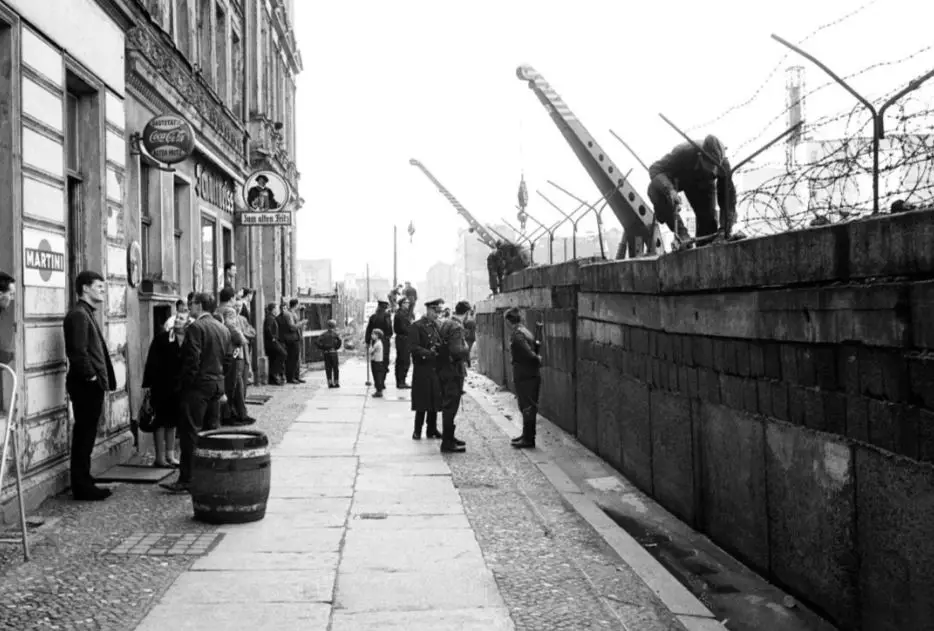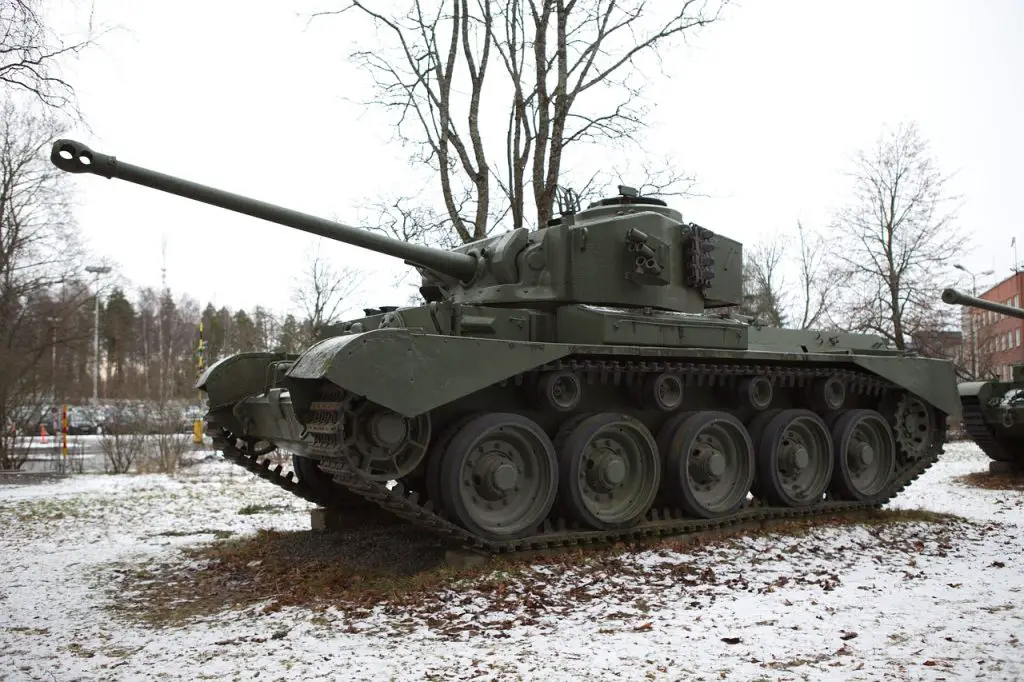 he appearance, from one day to the next, of the border separating East Berlin from West Berlin, divided thousands of families and friends. The Berlin Wall split the city in two and forced Berliners to resort to all sorts of methods of fleeing the East. Some were lucky and survived these attempts, but many died trying to cross this barrier between two worlds.
he appearance, from one day to the next, of the border separating East Berlin from West Berlin, divided thousands of families and friends. The Berlin Wall split the city in two and forced Berliners to resort to all sorts of methods of fleeing the East. Some were lucky and survived these attempts, but many died trying to cross this barrier between two worlds.
Two Different Worlds
Life behind the Berlin wall was harsh, especially on the East side of Berlin where the population was more violent and treated much worst as it was controlled by representatives of the Soviet Union that were enforcing a communist system.

The wall was primarily built by East Berlin in order to stop “fascists” (as they referred to people living in West Berlin) from entering East Berlin and affecting the way business was run on that side of the capital. Once the wall was built many people got stuck on one side whilst others were on another without having the chance to commute back to their homes or without any notice. Separated and deprived of family, many Berliners from the East became desperate so they tried to somehow escape.
People in the East were very inventive about escape methods. In the early days, people tried to simply climb the fence until barbed wire and other fortifications were implemented. Thus, people dug tunnels under the wall or waited for a favorable wind to fly the balloon over the wall.

Others got behind the wheel of a car and simply passed through the fence at the crossing point. Therefore, the authorities added metal bars to these crossing points, in order to avoid such escape attempts. But a few were more inventive and modified cars so that the hood came off on impact with the metal bar, therefore allowing them to go under the bar at the crossing. The authorities built zigzag roads at the border in response to this.
One of the happy escape stories belongs to Thomas Krüger, who flew a small plane across the Berlin border. The plane was then dismantled and sent back to East Berlin after RAF soldiers painted slogans such as “wish you were here” or “come back soon.”
Not many made it beyond the wall
In 1962, people started digging tunnels under the Berlin wall. It was the most used way of escape, more than 12 tunnels were built in 1962 under the Berlin Wall. Some escape attempts ended well, while others did not. One of the latter also marks the story of Siegfried Noffke, a 22-year-old man who wanted nothing more than to bring his wife and child to West Berlin.
In the first months after the construction of the Wall, Siegfried and Hannelore met, like all couples separated by the new border, in the area of the crossing points and talked to each other from a distance. At such a meeting in 1962, Siegfried met another man in the same situation as him, who invited him to join a group planning to dig a tunnel under the Wall to bring family members from the other side.
Siegfried Noffke, Dieter H., and Dieter G. began digging the tunnel in the basement of a house on Sebastianstrasse, a street near the wall, the other end of which was 200 meters below Heinrich-Heine-Strasse. , at number 48/49.
However, the plan was doomed to failure because, by an unfortunate coincidence, the East German authorities found out about it. One of the women who were to flee East Berlin with the help of the three told her brother about this plan, without knowing that he was an informant for the German police. He, codenamed “Pankow”, according to the documents, immediately informed his superiors of the escape plan.
Soon, Noffke’s group was joined by another young man, the informant Pankow, who was on an undercover mission to pursue the group of “criminals.” He was received without suspicion in the group and participated in all the preparations without the other three men questioning his sincerity. “Pankow” was with them the day the three entered the basement of Heinrich-Heine-Strasse, no. 48/49.

The young men were greeted by German agents who started firing as soon as Siegfried Noffke and Dieter entered the basement. According to subsequent reports, one of the agents was frightened and, despite the plan established before arresting the three, started firing. Siegfried Noffke was seriously injured, as was Dieter, but the agents did not take him to the hospital until after interrogations. Noffke died on the way to the hospital, but Dieter survived, and in October 1962 was sentenced to nine years in prison.
After the fall of the communist regime in the GDR and the reunification of Germany, the informant who shot the three men and the agent who allegedly fired the bullets that killed Noffke refused to talk about what happened in the summer of 1962. The two were brought before the court based on the documents from the Stasi archives, but the case could not be concluded due to a lack of conclusive evidence.
Avid Writer with invaluable knowledge of Humanity!
Upcoming historian with over 30 million views online.
“You make your own life.”





